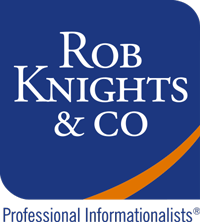Is Your Firm as Efficient and Productive as it Could Be
Is Your Firm as Efficient and Productive as it Could Be
In September we released our latest efficiency and productivity benchmarks based on the 2016 FY. I thought it may be helpful to revisit some of the traditional targets firms have historically utilised and comment on some more recent trends within this space.
So, two KPIs often utilised by firms relates to the percentage of time charged versus hours worked and the rate of recovering salary costs. Historically, firms have aimed to achieve 80% chargeable time for their professional personnel and this target still remains, although often not achieved. However, there are a couple of factors to keep in mind.
Many firms actually compare such targets against budgeted hours rather than hours physically worked. While significant overtime seems less common these days, comparisons against budgeted hours can actually skew a staff member’s performance in their favour, which can have flow on effects where such data is utilised for performance reviews. If staff are actually working longer than budgeted hours on jobs, then arguably they are less efficient, but unless this is measure against hours actually worked, rather than budgeted, then this will be less obvious.
Another factor to consider is that some firms instruct staff to record absolutely every moment of the day on the basis that they will write irrelevant time off. Where this is the case, targeted efficiency of 90% or more is not outside the norm. Conversely, we have more recently heard of firms who are setting reduced targets for more senior personnel where greater management and training expectations are involved. Then of course there are also the staff members who are aware of budgets that simply stop recording time once that budget has been reached, further masking true efficiency.
The other measure that firms utilise quite heavily is what is known as recovery rates. This essentially highlights the number of times an individual recovers their salary in terms of the revenue that they produce. Traditionally the target has been a 3 times recovery rate. For example, if an employee’s salary is $100K, under this historical approach, the individual would be contributing or producing $300K in revenue for the firm. I can tell you that such targets are also not currently being met.
Another aspect that also requires consideration within this type of calculation is the fact that administrative staff, by nature, are not intended to produce a significant amount of revenue for a firm. Therefore, professional staff are not only required to produce sufficient revenue to cover their salaries, they also need to help cover the costs of the support staff.
Our 2016 Efficiency & Productivity Reports are now available for use within firms.
